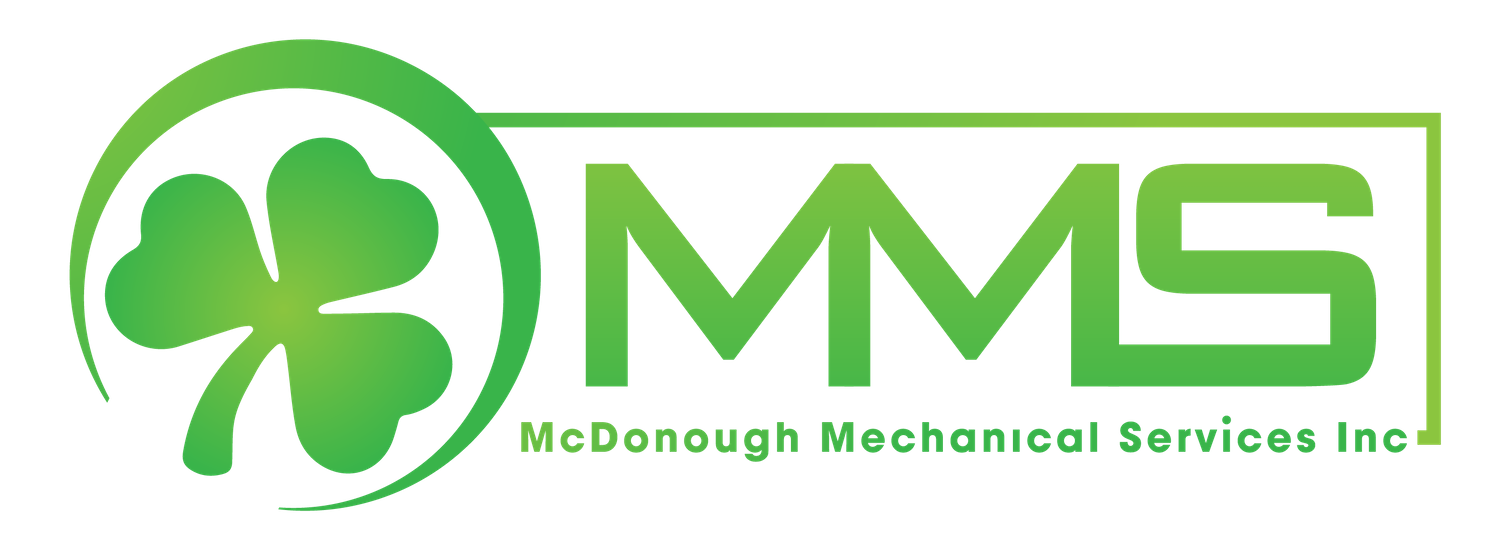PSM & RMP 3rd Party Comprehensive Audits
Process Safety Management (PSM) and Risk Management Plan (RMP) are essential components for ensuring the safety and compliance of industrial facilities, particularly those dealing with hazardous chemicals. Comprehensive audits by third-party organizations play a crucial role in maintaining these systems.
Here’s an overview of PSM and RMP, along with the importance and process of third-party comprehensive audits:
Process Safety Management (PSM)
Overview:
- PSM is a regulatory framework designed to prevent the release of hazardous chemicals that could pose a risk to employees, the public, and the environment.
- It involves managing hazards associated with processes using highly hazardous chemicals.
Key Elements:
- Employee Involvement: Ensuring employees are actively involved in the development and implementation of PSM programs.
- Process Safety Information (PSI): Documenting all necessary information regarding chemicals, technology, and equipment used in processes.
- Process Hazard Analysis (PHA): Conducting systematic assessments to identify and evaluate process hazards.
- Operating Procedures: Developing and maintaining clear instructions for safely conducting activities involved in chemical processes.
- Training: Ensuring employees are trained on operating procedures, safety practices, and emergency response.
- Mechanical Integrity: Maintaining the mechanical integrity of critical process equipment.
- Management of Change (MOC): Managing changes to processes, chemicals, technology, and equipment.
- Incident Investigation: Investigating incidents that resulted in, or could have resulted in, a catastrophic release of hazardous chemicals.
- Emergency Planning and Response: Establishing and implementing an emergency action plan.
- Compliance Audits: Regularly conducting audits to ensure compliance with PSM requirements.
Risk Management Plan (RMP)
Overview:
- RMP is a regulatory requirement under the Clean Air Act, aimed at preventing and mitigating the consequences of chemical accidents.
- It requires facilities to identify potential hazards, implement measures to prevent releases, and develop response plans for accidental releases.
Key Elements:
- Hazard Assessment: Analyzing potential effects of an accidental release, including worst-case and alternative scenarios.
- Prevention Program: Implementing safety measures to prevent accidental releases, similar to PSM elements.
- Emergency Response Program: Developing plans for emergency response to accidental releases, including coordination with local emergency response agencies.
- RMP Submission: Submitting a Risk Management Plan to the Environmental Protection Agency (EPA) and updating it every five years or after significant changes.
Third-Party Comprehensive Audits
Importance:
- Objectivity: Third-party auditors provide an unbiased assessment of PSM and RMP compliance.
- Expertise: They bring specialized knowledge and experience in identifying potential hazards and regulatory requirements.
- Improved Compliance: Regular audits help facilities identify and rectify compliance issues, enhancing overall safety.
- Risk Reduction: Identifying and addressing potential hazards through audits reduces the risk of chemical accidents.
- Regulatory Adherence: Ensures adherence to OSHA’s PSM standards and EPA’s RMP requirements.
Audit Process:
- Preparation: The third-party auditor reviews relevant documents, including previous audit reports, incident reports, and PSM/RMP documentation.
- On-site Assessment: The auditor conducts on-site evaluations, including facility walkthroughs, interviews with personnel, and inspections of equipment and processes.
- Documentation Review: Reviewing process safety information, operating procedures, training records, incident investigation reports, and mechanical integrity records.
- Gap Analysis: Identifying gaps between current practices and regulatory requirements or industry best practices.
- Reporting: Providing a detailed audit report outlining findings, non-compliance issues, potential hazards, and recommended corrective actions.
- Follow-up: Assisting with the development and implementation of corrective action plans and conducting follow-up audits to ensure issues are addressed.
Benefits of Comprehensive Audits
- Enhanced Safety: Identifying and mitigating potential hazards ensures a safer working environment.
- Regulatory Compliance: Helps facilities stay compliant with OSHA and EPA regulations, avoiding fines and legal issues.
- Operational Efficiency: Addressing process inefficiencies and mechanical integrity issues improves overall operational efficiency.
- Reputation: Demonstrates a commitment to safety and regulatory compliance, enhancing the facility’s reputation.
